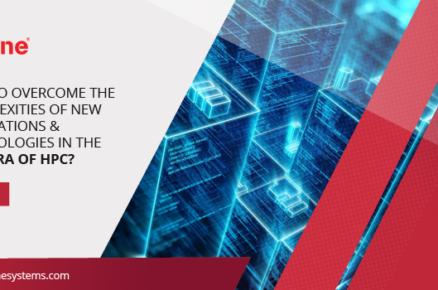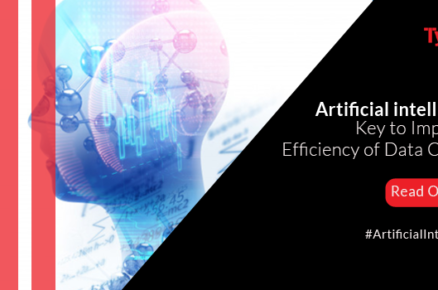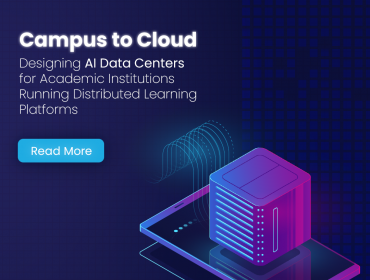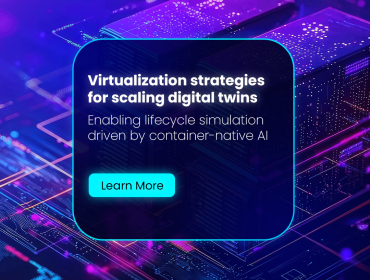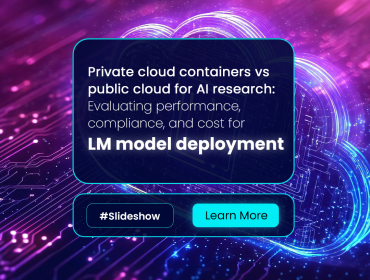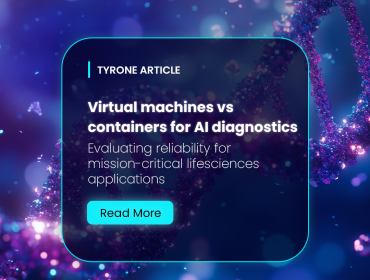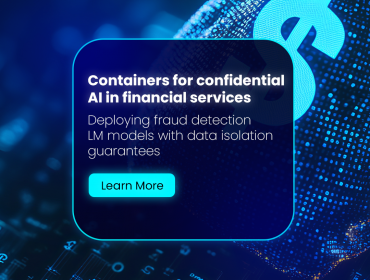The emergence of digital transformation has made organisations realize the importance of data in making strategies, analyzing market trends, creating better experiences for customers and finding out ways to stay ahead from their competitors. Data is becoming the key to competitive advantage.
However, the data that is being generated after technological advancements is way more different and evolved from the earlier one in terms of transactions, structure, availability, methods of collection and value derived from the ability to aggregate and analyze it. The data is extensive and can easily dominate any aspect of business decision making. To make it usable in a cohesive environment, it can be divided into two categories – big data and fast data.
Big data is large collected data sets used for batch analytics, whereas, fast data is collected from many sources and is used to drive immediate decision making. Despite having advanced ways of storing and using this data, there are some challenges which data centres face and needs to be addressed for effective utilisation of data. Let’s check them out.
Monitoring and Reporting in Real-time
The data centers have a lot of applications, connecting cables, network connectivity, cooling systems, power distribution, storage units, and much more things running at the same time. This heavy load could lead to unexpected failures. Therefore, constant monitoring and reporting different metrics becomes a must-do for data center operators and managers.
Planning and Management in Terms of Capacity
Data center managers tend to overprovision to avoid downtimes. As a result, resources, space, power and energy is wasted. The increase in data has always questioned the capacity of a data center making it a challenge for data center managers. However, this was only till data center infrastructure management solution came into being.
Performance Maintenance and Uptime
One of the major concerns for data center managers and operators is to measure the performance and ensure uptime. This includes maintaining power and cooling accuracy ensuring energy efficiency of the overall structure too. In such cases, any manual management is simply cost-prohibitive at the scale that they operate at.
Staff Productivity and Management
The activities of data center infrastructure involves tracking, analyzing and reporting performances which if done by non-automated or manual systems need facilities and IT staff to spend an extraordinary amount of time logging activities into spreadsheets. This can become a hindrance in the time that can be spent making strategic decisions for improving data center services.
Energy Efficiency and Cost Cutting
The data center is estimated to account for 1.4% of the global electricity consumption.
The industry is often accused of using massive amount of energy and rising temperature problem. There are times when energy is found to be wasted than used at a data center site. This is due to lack of proper energy monitoring tools and environmental sensors.
How to overcome these challenges?
Tyrone Cloud suite has been designed to meet the modern day challenges and unique needs of a data centre which it does by the following ways:
● It comes with a tailored-to-build approach. Sustainability, customer’s IT information flow and architecture is followed while designing a cloud machine.
● It allows the implementation and deployment of your cloud machines on a variety of technologies.
● The suite machines build the cloud architecture from the ground up with absolute ease.
● It can hand-hold any architectural changes with existing infrastructure that might require modifications, OS and technology upgrades, and deeper design revisions.
● It is flexible and can be tightly turned to meet unique needs.




